- Have Any Questions ?
- +91-9251217700
- rajasthanbudgettrip@gmail.com
Places to Visit in Rajasthan - Tourist Places & Things to Do
Rajasthan, India's "Land of Kings," offers a captivating blend of history, culture, and diverse landscapes.
Jaipur, the "Pink City," boasts the magnificent Amber Fort, the iconic Hawa Mahal, and the regal City Palace. Udaipur, the "City of Lakes," charms with its serene Lake Pichola, the grand City Palace, and the beautiful Saheliyon-ki-Bari.
Jodhpur, the "Blue City," is dominated by the imposing Mehrangarh Fort and the white marble Jaswant Thada. Jaisalmer, the "Golden City," rises from the Thar Desert with its unique living Jaisalmer Fort and mesmerizing Sam Sand Dunes for desert safaris.
Pushkar is a sacred town known for its holy lake and the rare Brahma Temple. Ranthambore offers thrilling wildlife safaris in its national park, famous for tigers. Mount Abu, the only hill station, provides a cool escape with the exquisite Dilwara Jain Temples. Other notable destinations include Chittorgarh, Bikaner, Ajmer, and Kumbhalgarh. The best time to visit is from October to March.
Places to Visit in Rajasthan
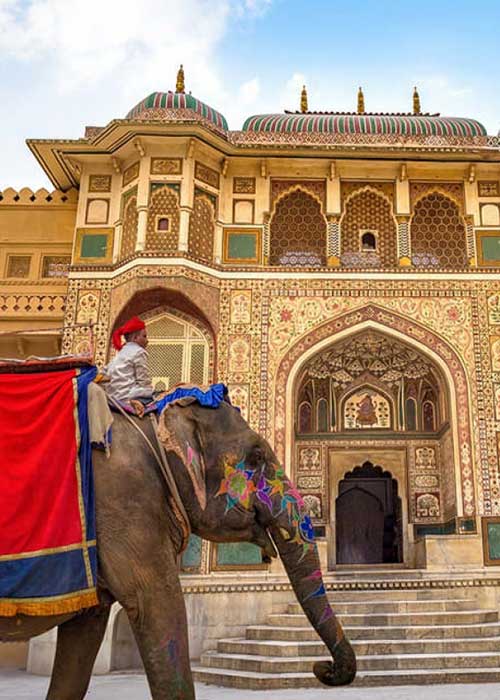
Jaipur: The Pink City
As the capital and largest city of Rajasthan, Jaipur is often the first stop for many travelers. Its distinctive pink-hued buildings, bustling bazaars, and grand architectural marvels earn it the moniker "Pink City."
Amber Fort (Amer Fort): A UNESCO World Heritage Site, this magnificent fort showcases a blend of Hindu and Mughal architecture. Visitors can enjoy elephant rides up to the fort entrance.
Hawa Mahal (Palace of Winds): An iconic five-story palace with 953 small windows, designed to allow royal ladies to observe street festivities without being seen.
City Palace: A sprawling complex of courtyards, gardens, and buildings, housing museums that display royal artifacts and textiles.
Jantar Mantar: An astronomical observatory and another UNESCO World Heritage Site, featuring a collection of nineteen architectural astronomical instruments.
Nahargarh Fort: Perched on the Aravalli Hills, it offers panoramic views of Jaipur, especially stunning at sunset.
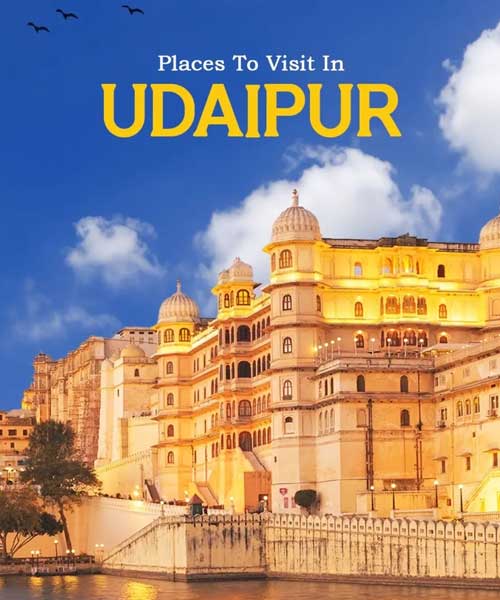
Udaipur: The City of Lakes
Often called the "Venice of the East," Udaipur is celebrated for its romantic lakes, exquisite palaces, and charming gardens.
City Palace: A grand fusion of Rajasthani and Mughal architectural styles, overlooking Lake Pichola. It's one of the largest palace complexes in Rajasthan.
Lake Pichola: A picturesque artificial freshwater lake, famous for its serene boat rides and views of surrounding palaces like the Lake Palace (Jag Niwas) and Jag Mandir.
Jag Mandir: An island palace in Lake Pichola, known for its beautiful gardens and architecture.
Saheliyon-ki-Bari: A beautiful garden adorned with fountains, kiosks, marble elephants, and a lotus pool, built for the royal ladies.
Fateh Sagar Lake: Another artificial lake, popular for boating and its Nehru Park.
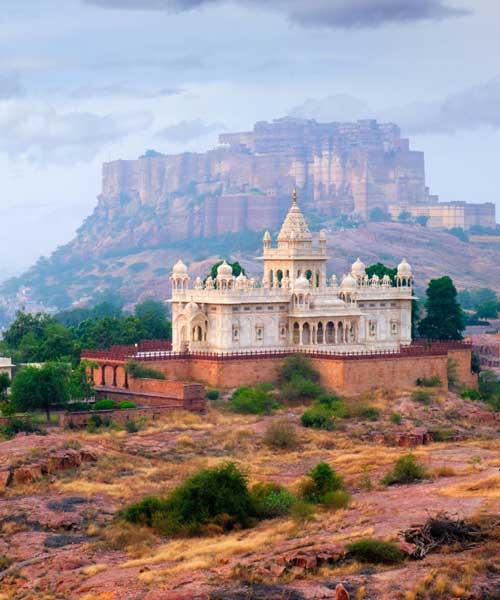
Jodhpur: The Blue City
Known as the "Blue City" due to the distinctive blue-painted houses in its old town, Jodhpur boasts a rich history and formidable fort.
Mehrangarh Fort: One of India's largest and most impressive forts, perched on a hilltop, offering commanding views of the blue city below. It houses several palaces, courtyards, and a museum.
Jaswant Thada: A beautiful white marble cenotaph built in memory of Maharaja Jaswant Singh II, often referred to as the "Taj Mahal of Marwar."
Umaid Bhawan Palace: A magnificent palace, part of which is still a royal residence, another part is a luxury heritage hotel, and a section serves as a museum.
Mandore Gardens: The ancient capital of Marwar, this garden features cenotaphs of Jodhpur rulers, a Hall of Heroes, and a Temple of 33 Crore Gods.
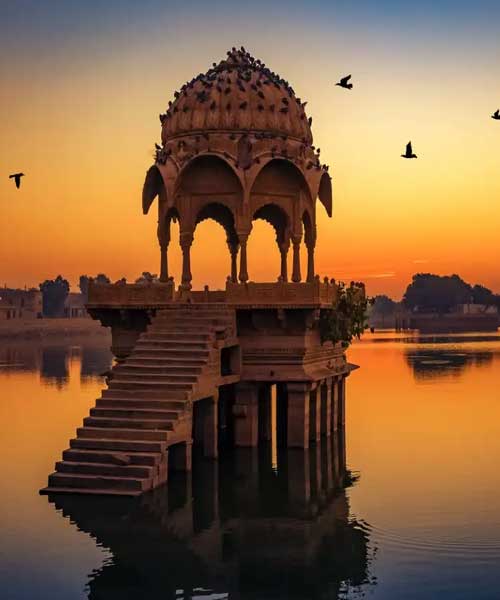
Jaisalmer: The Golden City
Rising from the heart of the Thar Desert, Jaisalmer is a mesmerizing city built from golden-yellow sandstone, earning it the name "Golden City."
Jaisalmer Fort (Sonar Qila): A living fort, where a quarter of the city's population still resides. It's a UNESCO World Heritage Site and offers a glimpse into medieval life.
Patwon Ki Haveli: A cluster of five ornate havelis (mansions), known for their intricate carvings and architectural beauty.
Sam Sand Dunes: Located outside the city, these dunes are popular for desert safaris, camel rides, and cultural evenings with folk music and dance.
Gadisar Lake: A man-made reservoir surrounded by temples and ghats, offering serene views, especially at sunrise.
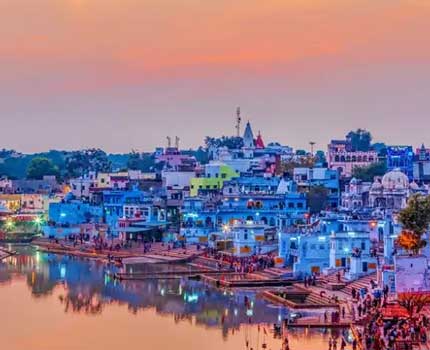
Pushkar: The Holy Town
A sacred pilgrimage town, Pushkar is famous for its holy lake and one of the very few Brahma temples in the world.
Pushkar Lake: Surrounded by 52 bathing ghats, it's considered a holy site for Hindus.
Brahma Temple: Dedicated to Lord Brahma, it's a significant pilgrimage spot.
Pushkar Camel Fair: An annual livestock fair held in October/November, it's a vibrant cultural spectacle attracting thousands of visitors, showcasing traditional Rajasthani life.
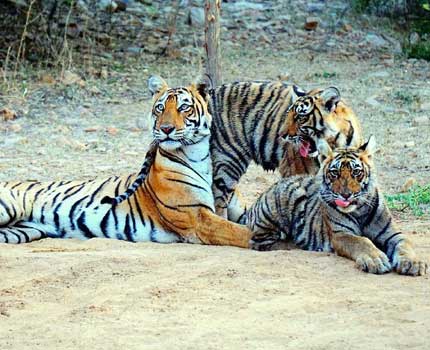
Ranthambore: Wildlife Haven
For wildlife enthusiasts, Ranthambore is a must-visit, primarily known for its national park.
Ranthambore National Park: One of India's largest and most famous tiger reserves, offering excellent opportunities for tiger sightings and other wildlife. The park also houses the historic Ranthambore Fort.
Trinetra Ganesh Temple: Located inside Ranthambore Fort, this is one of the oldest and most revered temples dedicated to Lord Ganesha in Rajasthan. It's unique because Lord Ganesha is depicted with three eyes (Trinetra). Devotees from all over India send invitation letters to the temple for auspicious occasions.
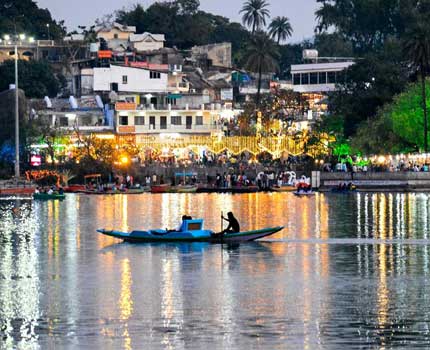
Mount Abu: Rajasthan's Only Hill Station
Offering a cool respite from the desert heat, Mount Abu is Rajasthan's sole hill station, nestled in the Aravalli Hills.
Dilwara Jain Temples: A complex of stunningly carved Jain temples, renowned for their intricate marble work.
Nakki Lake: A serene lake popular for boating and surrounding natural beauty.
Guru Shikhar: The highest peak in the Aravalli Range, offering panoramic views.
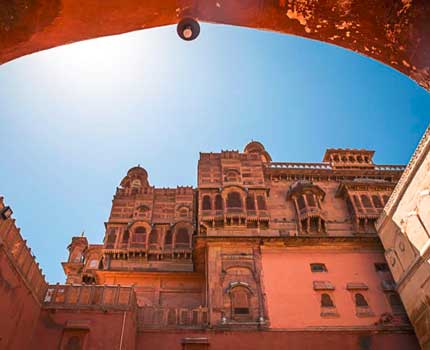
Bikaner: Camel Country
Known as "Camel Country" and the "Red City," Bikaner is famous for its desert landscape, camel breeding, and historical forts.
Junagarh Fort: A well-preserved fort that uniquely stands on the plain, not on a hilltop. It houses palaces, courtyards, and a museum.
Karni Mata Temple (Rat Temple): A unique and intriguing temple where thousands of rats are revered as sacred.
National Research Centre on Camel: Offers insights into camel breeding and research.
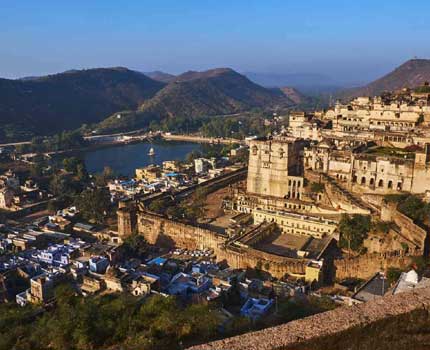
Bundi: The City of Stepwells
A lesser-known but equally charming destination, Bundi is famous for its intricate stepwells (baoris), palaces, and tranquility.
Taragarh Fort: A grand fort offering panoramic views of the town and its beautiful stepwells.
Raniji ki Baori (Queen's Stepwell): One of the most famous stepwells, known for its elaborate carvings.
Karni Mata Temple (Rat Temple): Located in Deshnoke, about 30 km from Bikaner, this unique temple is a world-famous pilgrimage site. Dedicated to Karni Mata, a revered Hindu goddess, the temple is home to thousands of rats, known as "kabas," which are considered sacred and are worshipped by devotees. It's an unusual but fascinating cultural experience. Seeing the rats freely roam and even being fed by devotees is truly an unforgettable sight.
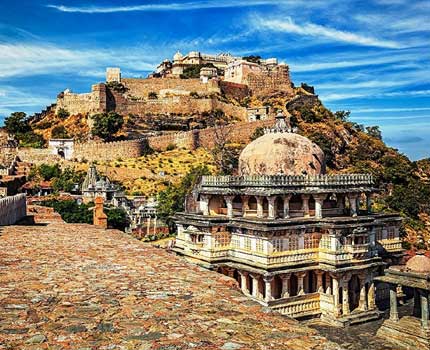
Kumbhalgarh: The Great Wall of India
Home to one of the most impressive forts in Rajasthan, surrounded by a wall second only to the Great Wall of China in length.
Kumbhalgarh Fort: A UNESCO World Heritage Site, this magnificent fort is known for its massive defensive walls, intricate palaces, and stunning views of the Aravalli hills.
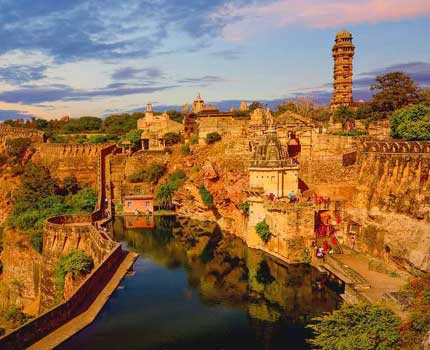
Chittorgarh: The Epitome of Rajput Valor
Chittorgarh is steeped in history and tales of bravery, sacrifice, and romance, epitomized by its formidable fort.
Chittorgarh Fort: A UNESCO World Heritage Site and one of the largest forts in India, it stands as a testament to the valor of the Rajput rulers. Key attractions within the fort include the Vijay Stambh (Tower of Victory) and Kirti Stambh (Tower of Fame).
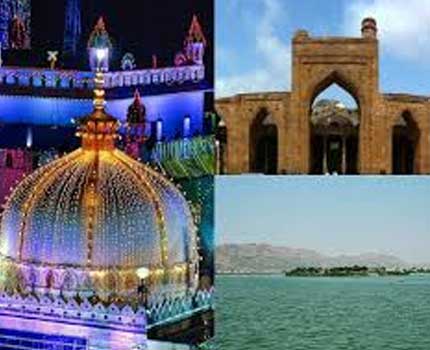
Ajmer: Pilgrim's Haven
Ajmer is a significant pilgrimage site for both Muslims and Hindus, known for its spiritual atmosphere.
Ajmer Sharif Dargah: The revered shrine of the Sufi saint Moinuddin Chishti, attracting devotees from all faiths.
Ana Sagar Lake: A beautiful artificial lake with marble pavilions, offering a peaceful retreat.